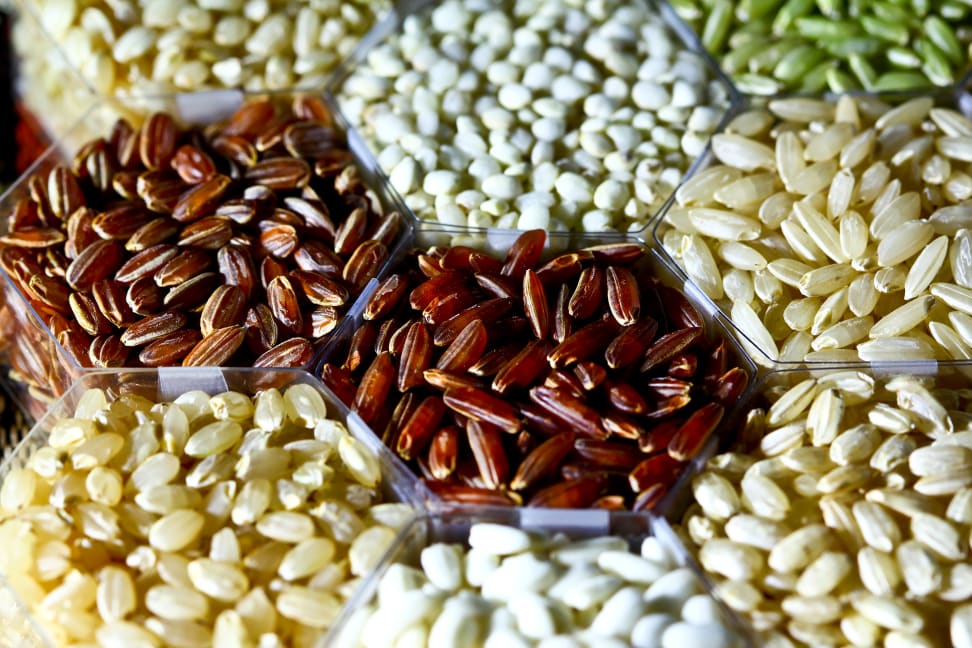Arsenic in Rice May Be Above Recommended Limit
Would you like your rice with a side of arsenic?
 Credit:
Flickr user, "IRRI Photos"
Credit:
Flickr user, "IRRI Photos"
Products are chosen independently by our editors. Purchases made through our links may earn us a commission.
Trace amounts of toxic substances can often be found in foods we regularly eat—cyanide in apples and mercury in seafood, for example. But in most cases, these toxins are either harmless or FDA-regulated to prevent overexposure. After all, it's the dosage that makes the poison. But according to a recent study, no such regulation exists for arsenic in rice, and that could be concerning.
The article, written by Julian Tyson, a professor of analytical chemistry at UMass Amherst, explains how tricky it is to restrict arsenic in food. Arsenic binds with other elements to form compounds, and many of these compounds that show up in food are harmless.
Therefore, a blanket ban on foods containing arsenic levels above a certain threshold wouldn't suffice—pretty much all seafood would get blacklisted.
Rice, however, has four arsenic-containing compounds that are either known human carcinogens or are potentially carcinogenic. Rice readily absorbs naturally occurring arsenic from the ground, but much of the dangerous arsenic comes from pesticides.
In 2011, Consumer Reports tested a slew of rice-based consumer products and found high concentration levels of these cancer-causing compounds—higher than the recommended 50 parts per billion (ppb) that some researchers (in another study) consider safe.

Rice is the third most-grown crop in the world.
So what's being done about it? Rice is the third largest crop in the world, behind sugar and corn, and it makes up a large portion of the diets of infants, sufferers of celiac disease, and Asian Americans—so you can't just tell people to stop eating it. Tyson points out that the FDA will not impose any regulations until its own study on long-term risks is concluded, and analytical chemists do not have a worldwide standard for measuring arsenic levels in rice.
That means until action at the federal level is taken, it's up to consumers to protect themselves. One method to reduce arsenic in rice is to rinse and boil raw rice with heavy amounts of water, almost like preparing pasta.
Additionally, preliminary results from the FDA's studies found that basmati rice consistently has lower concentrations of harmful inorganic arsenic, whereas brown rice consistently has higher concentrations.
Lastly, Consumer Reports has an update to their study that contains a helpful chart of rice-based products and how much of each can be safely consumed per week.
Related Video
{{brightcove '4099003692001'}}
